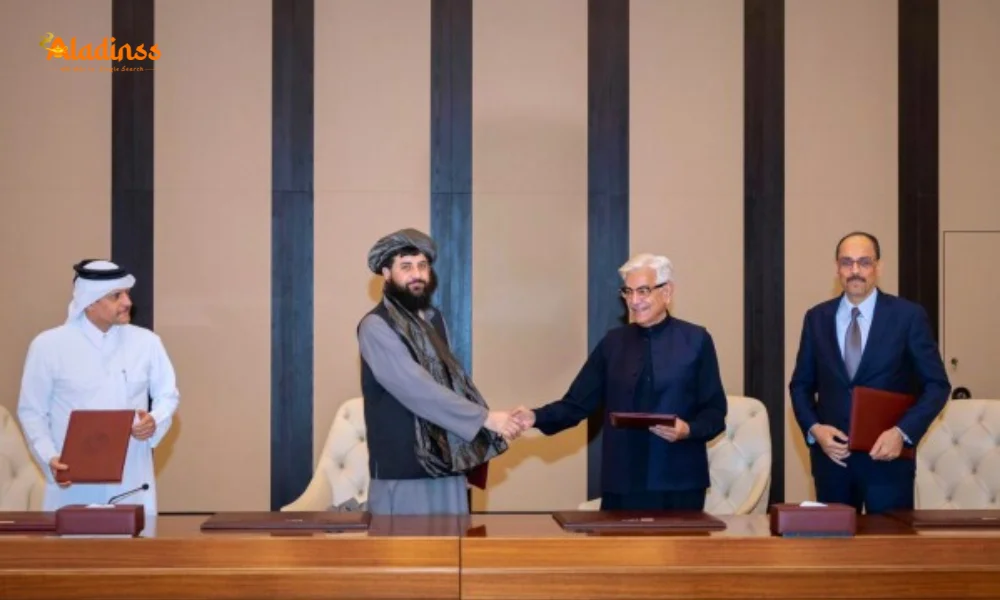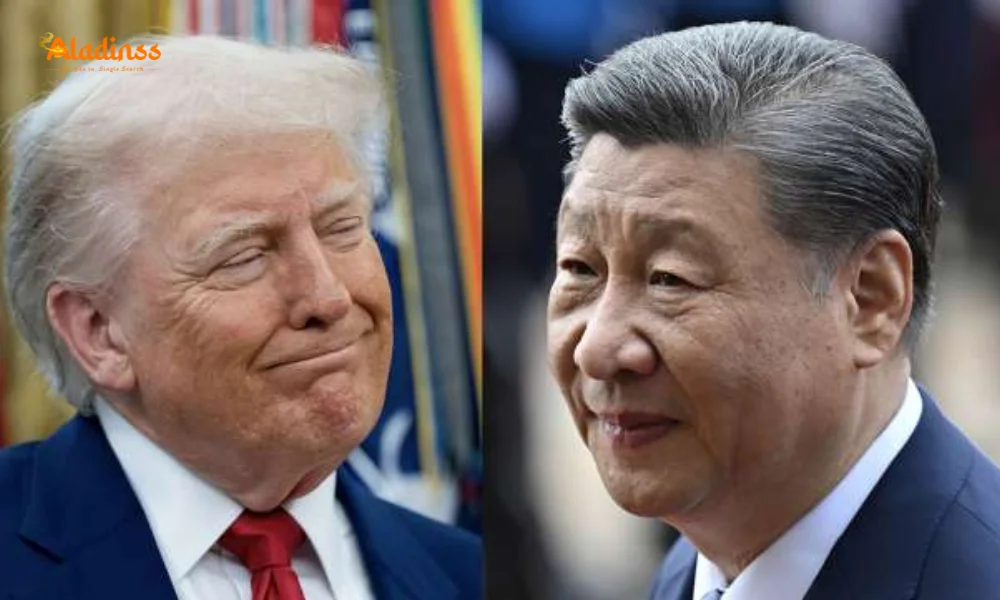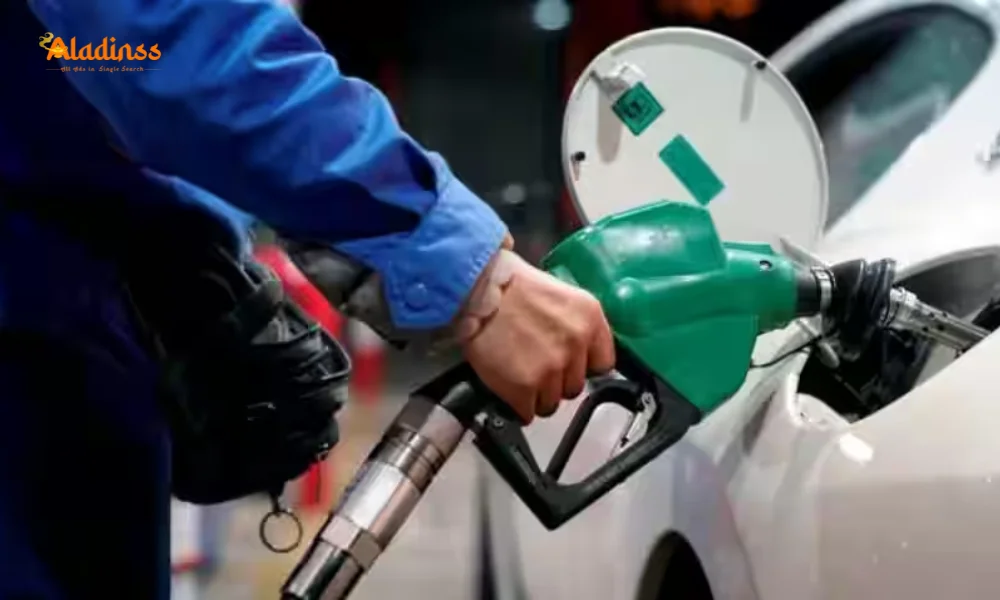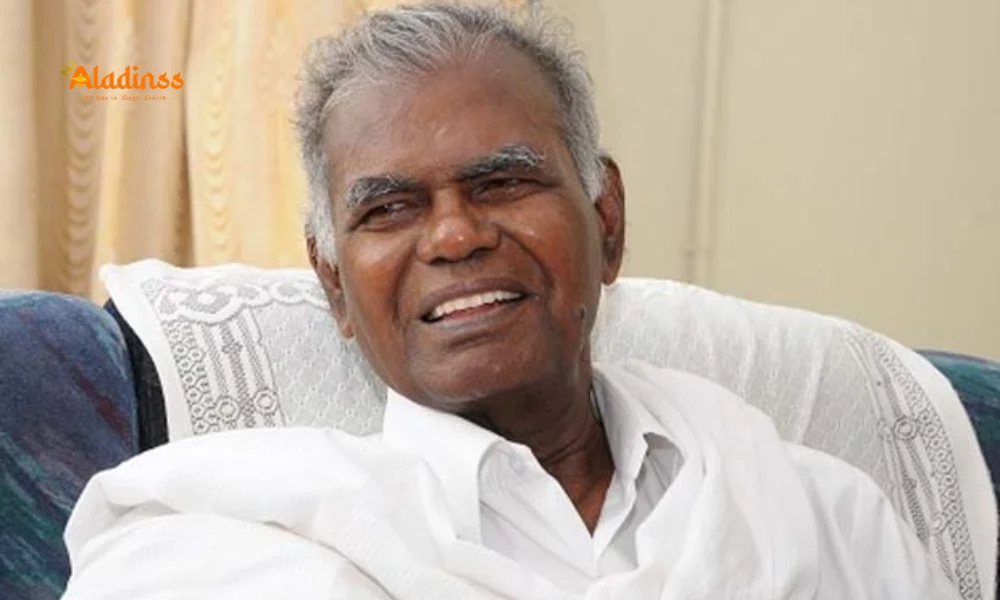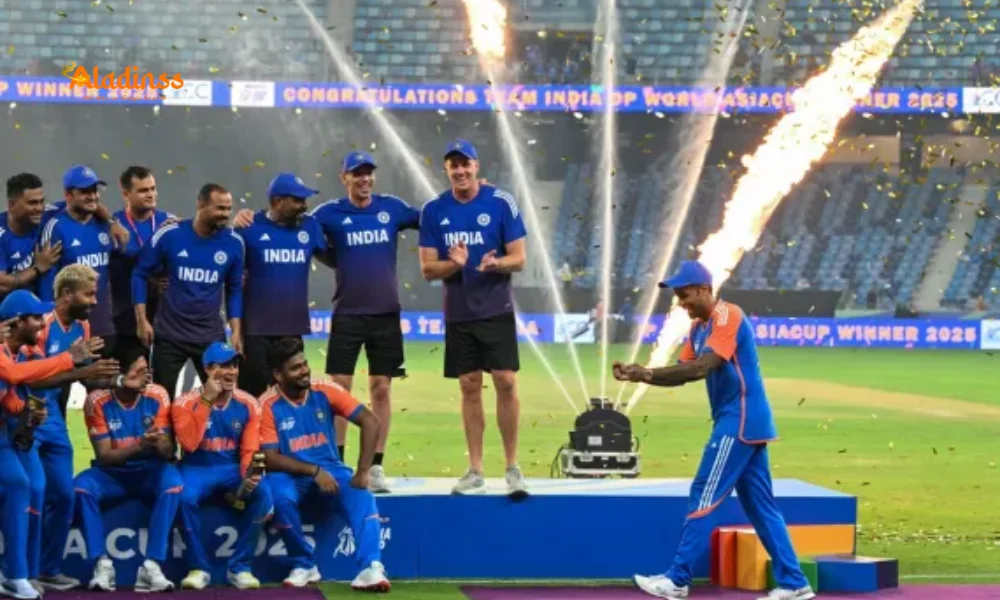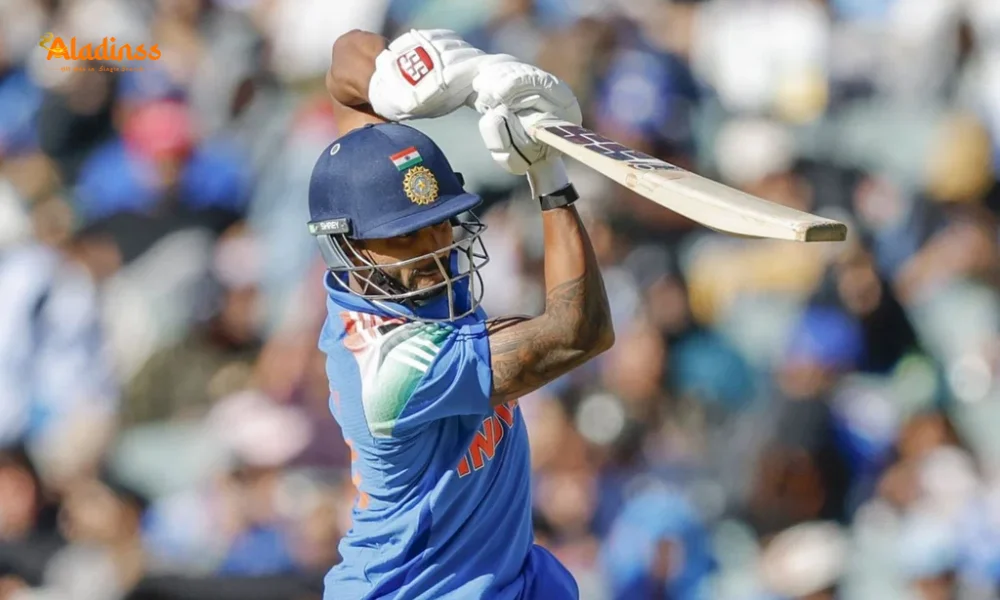UP on High Alert Amid Nepal’s Gen Z Protests
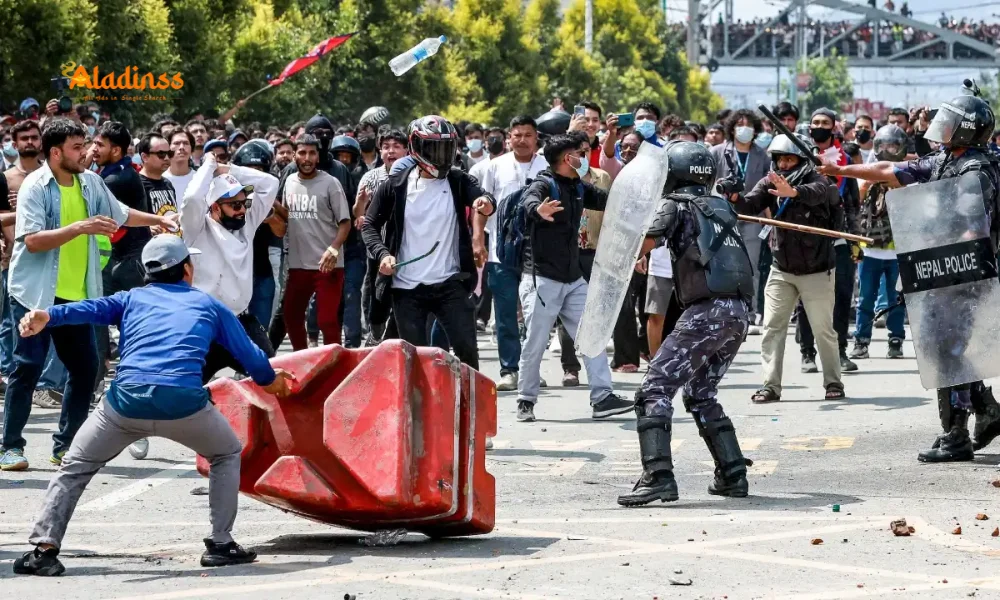
Uttar Pradesh on High Alert as Nepal Faces Violent Gen Z Protests
On September 10, 2025, the Uttar Pradesh government placed its seven districts bordering Nepal on high alert in response to escalating violent protests in the Himalayan nation. The unrest, led by Nepal’s Gen Z youth, has seen government buildings, including the Parliament and the President’s office, set ablaze, with at least 19 deaths and over 500 injuries reported. This breaking news report details the heightened security measures along the India-Nepal border, the impact of the protests on Indian citizens, and the broader implications of Nepal’s political crisis. The Uttar Pradesh Police and Sashastra Seema Bal (SSB) have intensified patrolling and surveillance to ensure safety and assist stranded Indian nationals, as Nepal grapples with curfews and flight cancellations.
The protests, initially sparked by a controversial social media ban, have evolved into a broader movement against corruption and governance failures, forcing Prime Minister KP Sharma Oli to resign on September 9, 2025. The Uttar Pradesh government, under Chief Minister Yogi Adityanath’s directives, has established a special control room in Lucknow to aid Indian citizens stranded in Nepal, with 24/7 helplines operational. As the situation in Nepal remains volatile, with curfews imposed in multiple cities and airlines canceling flights to Kathmandu, the border alert underscores the regional ramifications of the crisis.
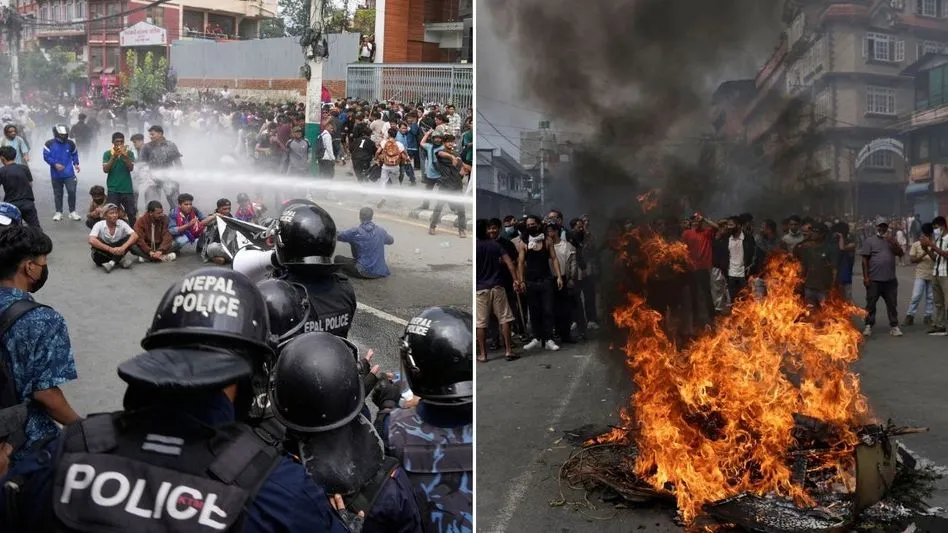
Uttar Pradesh’s Response to Nepal’s Unrest
The Uttar Pradesh government has taken swift action to address the potential spillover of Nepal’s violent protests into its border districts. Director General of Police (DGP) Rajiv Krishna ordered round-the-clock surveillance, intensified patrolling, and the deployment of additional police personnel in the seven districts bordering Nepal: Shravasti, Balrampur, Bahraich, Pilibhit, Lakhimpur Kheri, Siddharthnagar, and Maharajganj. “The UP Police is fully committed to maintaining law and order in the state and providing all possible assistance to Indian citizens stranded in Nepal,” said Additional Director General (Law & Order) Amitabh Yash, emphasizing the state’s proactive stance.
A special control room has been established at the Police Headquarters in Lucknow to assist Indian nationals affected by the unrest. Three helpline numbers—0522-2390257, 0522-2724010, and 9454401674 (also available on WhatsApp)—are operational 24/7 to provide support. The Sashastra Seema Bal (SSB), responsible for guarding the 1,751-km open India-Nepal border, has intensified patrolling to prevent the infiltration of anti-social elements. Commissioner of Devipatan division, Shashi Lal Bhushan Sushil, instructed district magistrates to coordinate closely with police and SSB officials to ensure seamless security operations.
Nepal’s Gen Z Protests: Causes and Impact
The protests in Nepal, dubbed the “Gen Z movement,” began as a response to the government’s decision to ban 26 major social media platforms, including WhatsApp, Instagram, and YouTube, on September 4, 2025, citing revenue and cybersecurity concerns. The ban, perceived as an attempt to suppress dissent, ignited widespread anger among Nepal’s youth, who rely heavily on social media for communication and activism. Although the government revoked the ban late on September 8, the move failed to quell public outrage, which has since expanded into demands for systemic reforms to address entrenched corruption and governance failures.
The protests escalated rapidly, with demonstrators storming key government buildings in Kathmandu, including the Parliament and the President’s office at Shital Niwas. Homes of prominent leaders, including former Prime Minister Sher Bahadur Deuba, were set on fire, and at least 19 people have died in clashes with security forces, with over 500 injuries reported. In border towns like Nepalgunj, schools and businesses remained shuttered for a second day, with protesters blocking roads using burning tyres and besieging government offices. The unrest has disrupted daily life, with curfews imposed in Kathmandu, Lalitpur, Bhaktapur, and Dang to curb the violence.
Nepal’s Political Crisis and Leadership Changes
The intensity of the protests led to the resignation of Prime Minister KP Sharma Oli on September 9, 2025, marking a significant turning point in Nepal’s political landscape. Oli’s decision followed two days of unprecedented violence, with protesters breaching the Parliament building and setting it ablaze. The resignation of Home Minister Ramesh Lekhak on moral grounds further underscored the government’s struggle to contain the crisis. Nepalese President Ram Chandra Paudel appealed for calm, stating, “In a democracy, the demands raised by citizens can be addressed through dialogue and negotiation,” as quoted by The Himalayan Times. Paudel has invited protesters for talks scheduled for next week, signaling an attempt to de-escalate tensions.
Kathmandu Mayor Balendra Shah, a prominent supporter of the protests, has called for the dissolution of Parliament before any dialogue can proceed, reflecting the deep distrust between protesters and the political establishment. The Nepal Army, led by General Ashok Raj Sigdel, assumed control of security operations from 10:00 PM on September 9, issuing a warning against further vandalism and arson. Sigdel urged protesters to protect public and private property, emphasizing the army’s commitment to restoring order while inviting dialogue to address grievances.
Impact on Indian Citizens and Travel
The protests have significantly impacted Indian citizens in Nepal, particularly tourists and workers reliant on cross-border connectivity. The closure of Tribhuvan International Airport in Kathmandu, prompted by protesters attempting to storm the facility, led to the cancellation of flights by major airlines, including Air India, SpiceJet, and IndiGo. Indian tourists, such as a group of 60 senior citizens from Bhopal planning to visit Pashupatinath Temple, were forced to return home after their flights were canceled. The India-Nepal border at Sonauli in Maharajganj district saw an influx of returning tourists, highlighting the disruption caused by the unrest.
The Indian Embassy in Kathmandu issued an advisory urging nationals to defer travel to Nepal and shelter in place, providing emergency contact numbers: +977-980-860-2881 and +977-981-032-6134 (both accessible via WhatsApp). India’s Ministry of External Affairs emphasized the need to follow local safety guidelines, stating, “Indian citizens presently in Nepal are advised to avoid going out onto the streets and exercise all due caution.” The advisory reflects India’s concern for its citizens amidst the volatile situation, with the special control room in Lucknow facilitating assistance for those stranded.
Regional and Economic Ramifications
The protests have disrupted trade and connectivity along the India-Nepal border, particularly at key crossings like Panitanki in West Bengal and Sonauli in Uttar Pradesh. Approximately 200 cargo trucks are stranded at Panitanki due to road blockades and protests, impacting Nepal’s trade through Kolkata’s port facilities. In border towns like Rupaidiha in Bahraich, markets that rely on Nepali shoppers have fallen silent, affecting local economies. Residents, many of whom have familial ties across the border, expressed concern over severed communication during the social media ban, with the restoration of platforms like WhatsApp providing some relief.
The unrest has also raised concerns about regional security, with the SSB deploying advanced monitoring tools like face-recognition systems and automatic number plate readers to track cross-border movement. Ganga Singh Udawat, Commandant of SSB’s 42nd battalion, confirmed heightened vigilance along highways, village tracks, and forest routes. The protests’ spread to Nepalgunj, close to the Indian border, has prompted additional drone surveillance and joint patrols with local police, ensuring that the unrest does not destabilize India’s border regions.
Broader Context of Nepal’s Unrest
Nepal’s Gen Z protests reflect deep-seated frustration with the country’s political elite, accused of perpetuating corruption and economic stagnation since the transition to a democratic republic in 2008. The social media ban, while the immediate trigger, tapped into broader grievances, including high unemployment, reliance on remittances, and inequality exacerbated by climate vulnerabilities. A World Bank report noted that 82% of Nepal’s workforce is in informal employment, far above global averages, with job creation lagging despite a 4.9% GDP growth in the first half of FY25. The protests, led largely by youth under 28, have drawn support from figures like Kathmandu Mayor Balendra Shah, a former rapper who rose to prominence via social media.
The international community, including the United Nations, has called for a transparent investigation into the deaths and injuries, with UN Human Rights expressing shock at the use of force by security personnel. Joint statements from embassies, including those of Australia, Japan, and the U.S., condemned the violence and urged dialogue. As Nepal navigates this crisis, the protests highlight the power of youth-led movements in challenging systemic issues, with potential long-term implications for the country’s political and economic stability.
Comment / Reply From
No comments yet. Be the first to comment!

